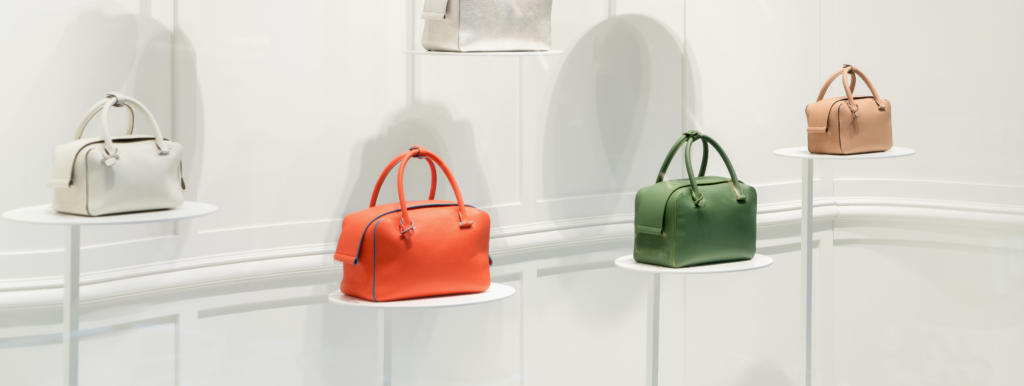
Registered designs are often overlooked when considering IP protection, our IP team explains what they are and how they can be used.
Registered design rights in a nutshell
Registered design is a form of IP protection which allows you to protect the way your product looks. For example, your registered design can protect a pattern or ornamentation, packaging, or shape. Registered design protection lasts for up to 25 years.
Here are 7 reasons why you should consider registering your design:
1. A registered design is affordable. In the UK you can protect your design for just £50;
2. A registered design can last up to 25 years giving you a monopoly in your design (registered designs must be renewed every 5 years);
3. Obtaining registered design protection in the UK is quick. There is no substantial examination to applications and they usually achieve registration in one month;
4. A designer is given a one year grace period from the first disclosure to register the design. This means that you can apply for registered design protection within a year from the date the item was first disclosed;
5. You can show the registration number and “registered design” notice on your product. This sends a message that time and effort has been put into protecting your design and wards off potential infringers;
6. A registered design is valuable IP asset and can be sold, licensed or otherwise used to generate profit from owning it;
7. It is usually easier to rely on a registered design than an unregistered design or copyright.
If registered designs are so great why does not everyone have them?
One reason for this could be that it can be relatively easy to “design around” a registered design creating a different overall impression. If a third party tries to “design around” your registered design that may not necessarily be a bad thing. “Designing around” may actually mean that the third party acknowledges the existence of your registered right and is aware that copying your registered design would have consequences.
Another reason might be that designers often rely on the unregistered design rights which are automatic. However, those relying on unregistered design rights should be aware that unregistered rights do not provide the same level of protection as the registered designs. For instance, in the UK unregistered design provides protection for a shape of the design or its configuration including features which are not “visible in normal use” and lasts up to 15 years. However, unregistered designs do not cover 2D designs such as for example pattern.
If you would like to obtain a registered design, our check list will allow you to see if registered designs are suitable form of protection for you.
Would you like to protect “the look of a product”? It can be appearance or shape of a 2D or 3D product, ornamentation, texture, surface decoration or part of a complex item;
Your design has “individual character” and is different from earlier designs;
Your design is new and it is filed within 12 months from the date of first disclosure;
Your design is not offensive and does not use protected flags or emblems;
Your design is not an invention.
If you have ticked all the boxes, your design should be suitable for registration.
If you require further information about design protection, or if you would like to know how Brexit is going to affect you registered design you might find these articles useful
- How a Brexit “no deal” could affect your trade marks and designs?
- What’s new? Brexit, EU trade marks and community design update
Alternatively if wish to develop a bespoke design protection strategy, Stephens Scown can advise you based on your business needs.
*Please note this article is based on the registered design rules in the UK.
